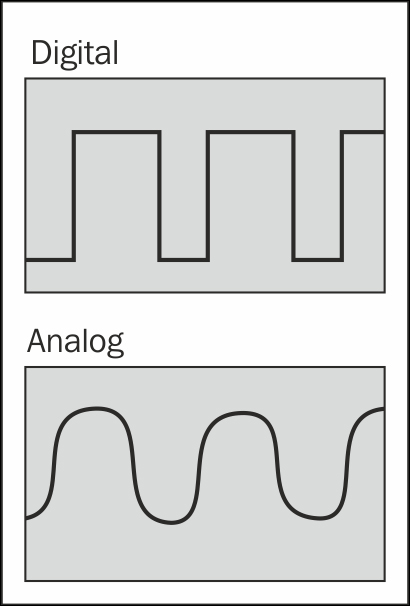- C Programming for Arduino
- Table of Contents
- C Programming for Arduino
- Credits
- About the Author
- Acknowledgement
- About the Reviewers
- www.PacktPub.com
- Preface
- 1. Let's Plug Things
- What is a microcontroller?
- Presenting the big Arduino family
- About hardware prototyping
- Understanding Arduino software architecture
- Installing Arduino development environment (IDE)
- Installing Arduino drivers
- What is electricity?
- Summary
- 2. First Contact with C
- 3. C Basics – Making You Stronger
- Approaching variables and types of data
- String
- The scope concept
- static, volatile, and const qualifiers
- Operators, operator structures, and precedence
- Types manipulations
- Comparing values and Boolean operators
- Adding conditions in the code
- Making smart loops for repetitive tasks
- Summary
- 4. Improve Programming with Functions, Math, and Timing
- Introducing functions
- C standard mathematical functions and Arduino
- Approaching calculation optimization
- Time measure
- Summary
- 5. Sensing with Digital Inputs
- 6. Sensing the World – Feeling with Analog Inputs
- Sensing analog inputs and continuous values
- Introducing Max 6, the graphical programming framework
- Controlling software using hardware
- Improving the sequencer and connecting the Arduino
- Let's connect the Arduino to Max 6
- The serial object in Max 6
- Tracing and Debugging easily in Max 6
- Understanding Arduino messages in Max 6
- What is really sent on the wire?
- Extracting only the payload?
- ASCII conversions and symbols
- Playing with sensors
- Measuring distances
- Reading a datasheet?
- Let's wire things
- Coding the firmware
- Reading the distance in Max 6
- Measuring flexion
- Sensing almost everything
- Improving the sequencer and connecting the Arduino
- Multiplexing with a CD4051 multiplexer/demultiplexer
- Summary
- 7. Talking over Serial
- 8. Designing Visual Output Feedback
- 9. Making Things Move and Creating Sounds
- Making things vibrate
- Higher current driving and transistors
- Controlling a servo
- Multiple servos with external power supply
- Controlling stepper motors
- Air movement and sounds
- Playing basic sound bits
- Improving the sound engine with Mozzi
- Controlling the sound using envelopes and MIDI
- Playing audio files with the PCM library
- Summary
- 10. Some Advanced Techniques
- 11. Networking
- 12. Playing with Max 6 Framework
- 13. Improving your C Programming and Creating Libraries
- Index
Let's define precisely what the digital term means here.
Digital, in the computer and electronic worlds, means discrete, which is the opposite of analog/continuous. It is also a mathematical definition. We often talk about domains to define the cases for use of digital and analog.
Usually, the analog domain is the domain related to physical measures. Our temperature can have all the values that are possible and that exist, even if our measuring equipment dosen't have an infinite resolution.
The digital domain is the one of computers. Because of the encoding and finite memory size, computers translates analog/continuous values into digital representations.
On a graph, this could be visualized as follows:

Arduino owns inputs and outputs. We can also distinguish analog and digital pins.
You have to remember the following points:
- Arduino provides digital pins that can be both an input or an output
- Arduino provides only analog input, not output
Inputs and outputs are pins provided by the board to communicate with external peripherals.
We often talk about reading pins for inputs and writing pins for outputs. Indeed, from the Arduino board point of view, we are reading from the world and writing to the world, aren't we?
A digital input is a digital pin set up like an input and providing the capacity for electrical potential reading and conversion to 0 or 1 to the Arduino board. We'll illustrate this very soon using switches.
But before manipulating this directly, let me introduce a new friend named Processing. We'll use it to easily illustrate our Arduino tests further in the book.
-
No Comment
